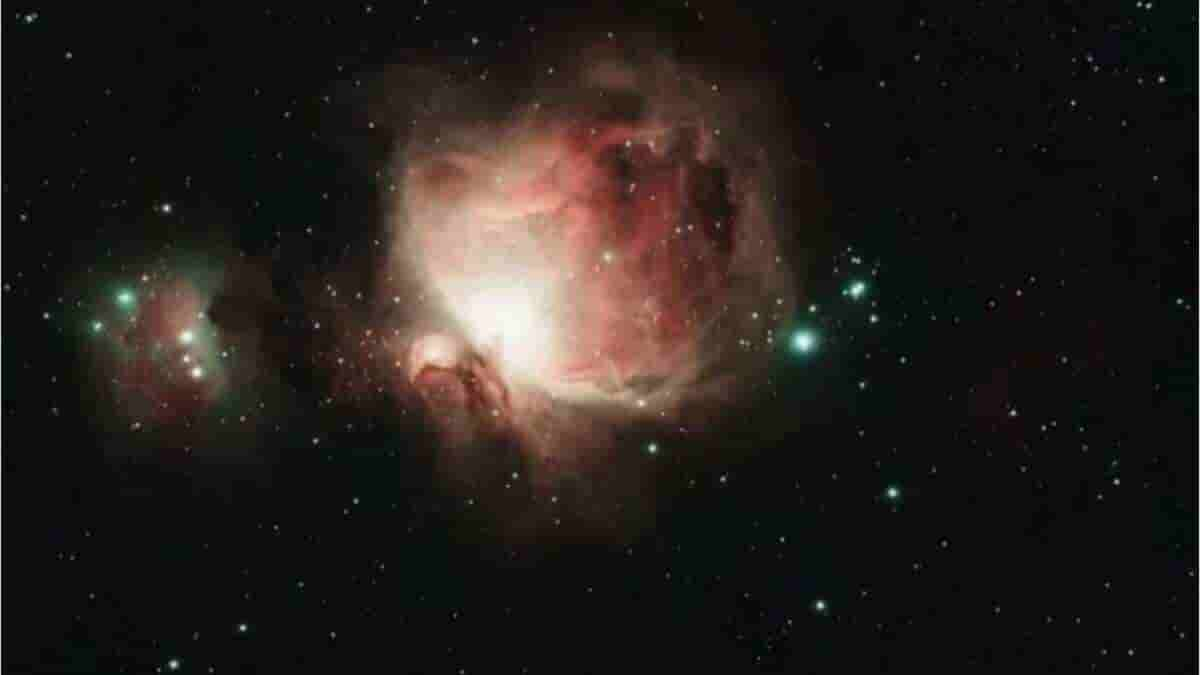Is there a new planet in the neighborhood?

A new study by astronomers at the Center for Astrophysics suggests the presence of a new planet in the neighborhood. Planets form in protoplanetary discs, which are bands of gas and dust surrounding newly formed, young stars. Despite the fact that the universe contains hundreds of these discs, it has been difficult to witness genuine planetary birth and development in these settings.
The astronomers devised a novel method for locating these elusive newborn planets, as well as “smoking gun” evidence of a small Neptune or Saturn-like planet hidden within a disc.
“Directly finding young planets is highly difficult and has thus far only been effective in one or two situations,” says Feng Long, a postdoctoral scholar at the Center for Astrophysics and project leader as published by Hindustan Times. Planets are always too dim for us to see because they are encased in a thick layer of gas and dust. Long observes that “many structures have appeared on discs that we believe are caused by the existence of a planet, but it could also be caused by something else.” “New methods are required to investigate and provide evidence that a planet exists.”
Long chose to focus her research on the LkCa 15 protoplanetary disc. The disc is located 518 light-years away in the Taurus constellation. Previous research using ALMA Observatory images revealed evidence of planet formation in the disc. Long combed through new, high-resolution ALMA data on LkCa 15, mostly from 2019, and discovered two new faint features. Long discovered a dusty ring with two distinct, brilliant clusters of material circling within it 42 astronomical units from the star, or 42 times the distance between Earth and the Sun. The material was divided by 120 degrees, resulting in a small clump and a larger arc.
Long used computer simulations to analyze the situation and figure out what was causing the material to accumulate. He discovered that the sizes and locations of the objects were consistent with the presence of a planet. “This arc and clump are separated by about 120 degrees,” she explains. That level of disparity is significant mathematically; it does not happen by chance. According to the findings, the planet is between one and three million years old and about the size of Neptune or Saturn.

